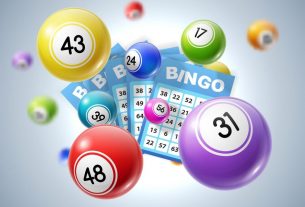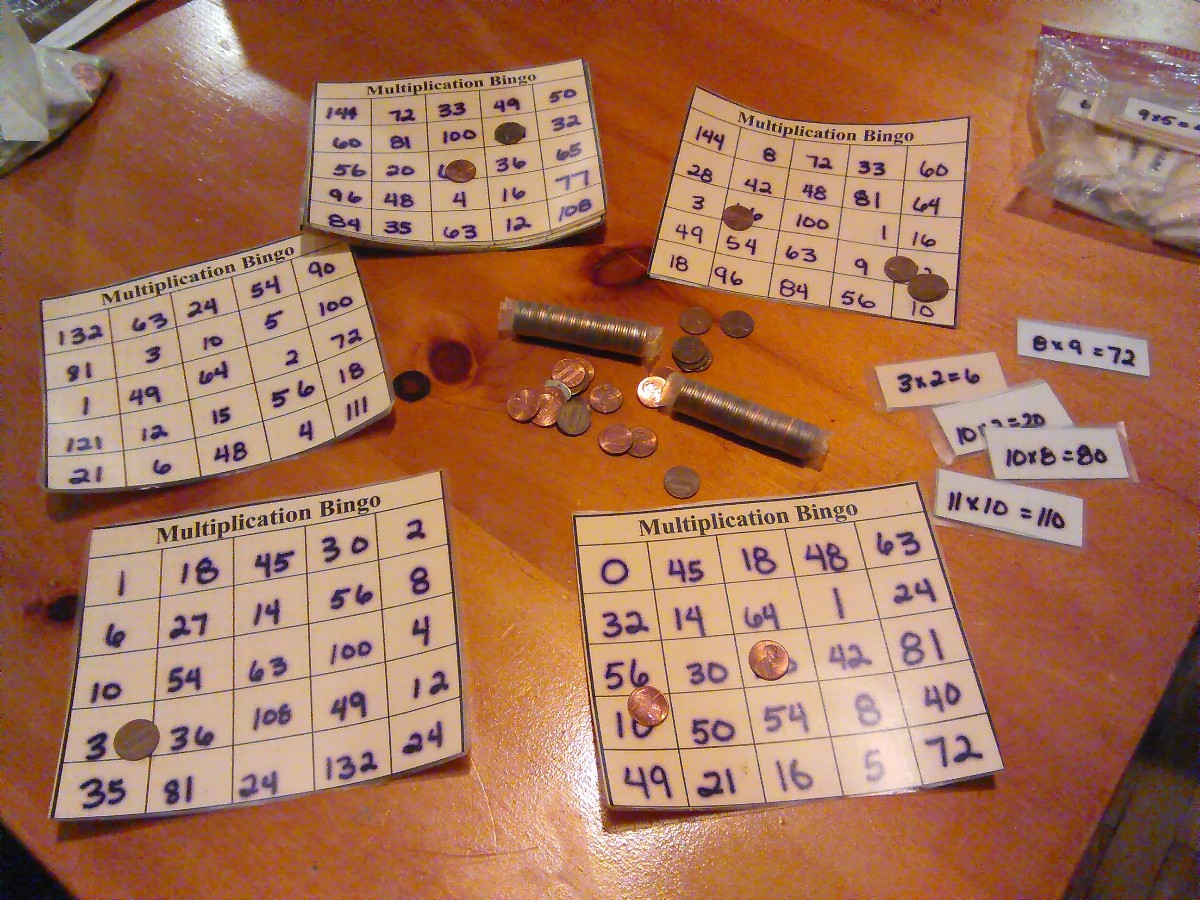When you hear the word “bingo,” what comes to mind? Probably a community hall, dabbers, and maybe your grandma shouting with glee. It’s a game of chance, a social pastime. But here’s the deal: what if I told you that same game is a secret weapon for learning? Honestly, it’s true. Bingo’s simple framework is a powerhouse for cognitive development and educational engagement. It’s not just about luck; it’s about lighting up neural pathways.
Why Bingo Works: The Brain Science Behind the Buzz
At its core, bingo is a pattern-matching exercise. And our brains are wired for pattern recognition—it’s how we make sense of the world. Every time a player scans their card for a called number, they’re performing a rapid visual discrimination task. This fires up the prefrontal cortex, the brain’s command center for decision-making and focus.
But there’s more. The game requires sustained attention. You can’t zone out; you have to listen, process, and act. This auditory processing is crucial. It’s like a workout for your listening skills and processing speed. For kids—and, let’s be real, adults too—this is a fun way to build those mental muscles without it feeling like a chore. The thrill of the chase, the anticipation… it turns learning into a game. Because it is one.
Bingo in the Classroom: Beyond Numbers and Letters
Teachers are always on the lookout for engaging activities. Bingo is a classic for a reason. Its versatility is its superpower. You can adapt it to literally any subject. And I mean any subject.
Early Childhood & Elementary Education
For the little ones, it’s perfect. Think:
- Phonics Bingo: Instead of numbers, the caller says a sound like “shhh,” and kids mark the picture of a ship or a shoe.
- Sight Word Bingo: A fantastic way to build reading fluency. Recognizing those common words on sight is a fundamental skill.
- Math Fact Bingo: The caller says “6 x 7,” and players find “42” on their card. It makes drill practice actually enjoyable.
- Vocabulary Bingo: For science or social studies units. The caller gives a definition, and players mark the corresponding term.
Middle School, High School, and Beyond
Sure, bingo is for kids. But it’s also incredibly effective for more complex subjects. You know, making tricky material accessible.
- Foreign Language Bingo: The caller says a word in English, and players find its Spanish, French, or Mandarin equivalent.
- Historical Figure Bingo: The caller reads a quote or an event, and players identify the person.
- Literary Device Bingo: Perfect for English class. The caller reads a passage from the book they’re studying, and players mark whether it’s a metaphor, simile, alliteration, or foreshadowing.
Cognitive Benefits for All Ages
This isn’t just about memorizing facts. The real magic is in the underlying cognitive workout. Playing educational bingo consistently can help develop:
| Cognitive Skill | How Bingo Helps |
| Working Memory | Holding the called-out information in mind while scanning multiple squares. |
| Processing Speed | Quickly identifying matches and reacting. The game’s pace naturally encourages this. |
| Visual Perception | Differentiating between similar numbers or words (was that 15 or 50?). |
| Auditory Processing | Listening carefully to the caller amidst background noise or distraction. |
| Focus & Concentration | Maintaining attention over the duration of the game to avoid missing a call. |
For seniors, these benefits are especially profound. Studies have shown that regularly playing games like bingo can help maintain cognitive function and even delay the onset of memory-related conditions. It’s a social and mental lifeline.
Creating Your Own Educational Bingo Game
The best part? You don’t need a fancy kit. Making your own is simple and half the fun. Here’s a quick numbered list to get you started.
- Choose Your Topic: What do you want to reinforce? Multiplication tables? Periodic elements? Synonyms?
- Create Your Grid: A standard 5×5 grid is perfect. The center space is often a “FREE” space.
- Generate Cards: This is key. You need multiple cards with the answers arranged in different orders. Honestly, just search for a “bingo card generator” online—there are tons of free tools that do the hard work for you.
- Prepare Your Call Sheets: Write down all the possible answers or questions you’ll be calling out.
- Decide on Markers: Use coins, beans, or those classic dabber markers for extra tactile fun.
The Social-Emotional Bonus
We can’t talk about bingo without mentioning the social element. It’s inherently a communal activity. In a classroom or a therapy setting, it teaches turn-taking, gracious winning (and losing), and encourages interaction. It lowers the affective filter—that mental barrier to learning. When students are relaxed and having fun, they absorb information more readily. The pressure’s off. It’s just a game… that happens to teach them something valuable.
So, the next time you see a bingo card, look past the numbers. See it for what it truly is: a beautifully simple, incredibly powerful framework for building smarter, more engaged, and connected minds. All without anyone even realizing they’re learning. Now that’s a win worth shouting about.





